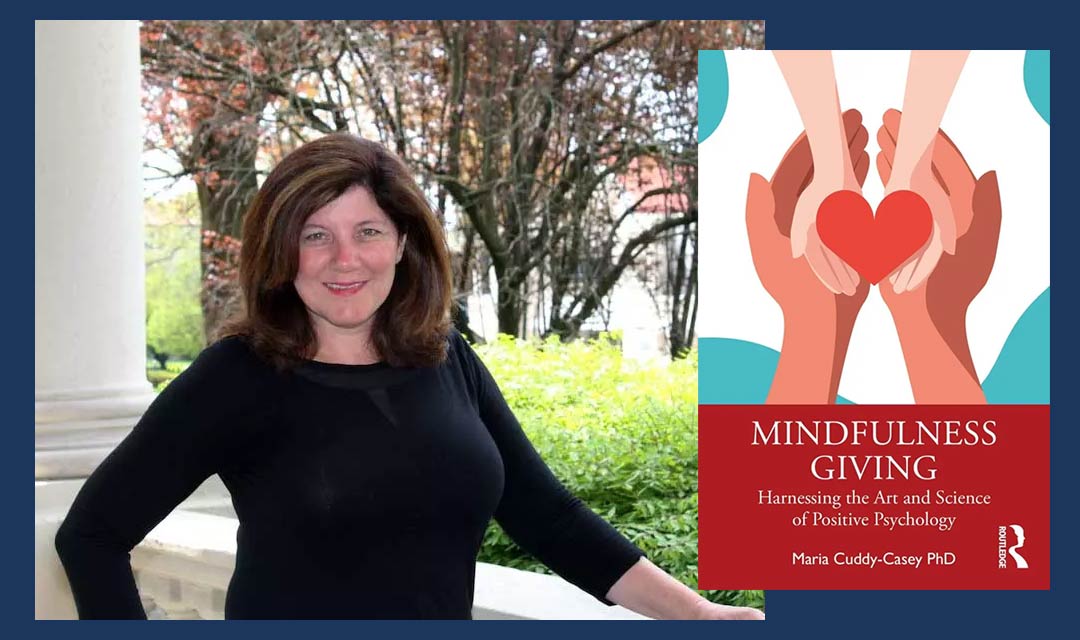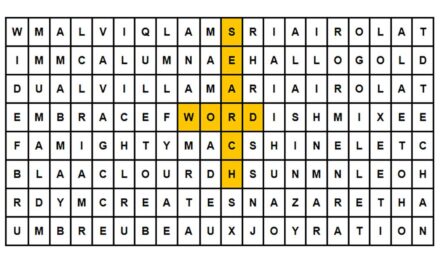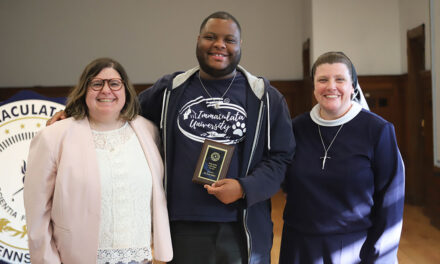By Maria Cuddy-Casey, PhD Professor and Clinical Psychologist
Now that we are a few months into 2025, how are you doing with your New Year’s resolutions? Have you made the act of giving a goal? Thinking, planning, and researching opportunities for giving are topics I address in a book I recently published called “Mindfulness Giving: Harnessing the Art of Science of Positive Psychology.”I noted on page 2 of the book why I focused on giving:
“Giving is the cornerstone of a community. When we give, we evidence a desire for a collective. Today, the need for giving and kindness is especially necessary to combat shared experiences such as loss and isolation from COVID-19, fluctuations in the economy, civil discord fueled by political divides, an abundance of injustices and inequities, and the inclination for us to escape it all via technology. These events and avoidances move us farther and farther from interpersonal connectedness. Giving can serve as a method to tangibly bond with others; it is an indicator of humanity. Each act of giving is an opportunity to tangibly let others be “seen” and valued. It is also an opportunity for us to feel good in the process.”
As groundwork for this book, various theories and research findings were also included on why we give. The many benefits to giving were also reviewed, such as the neurochemical benefits that create feel good emotions, the reduction in negative emotions such as those experienced in depression and anxiety, increases to longevity and overall wellbeing, and the expansion of one’s social outlet. I urged the reader to research needs to make their giving as efficient as possible, and I provide strategies for differentiating among the plethora of needs.
Healthy giving consists of “mindfulness” elements such as awareness, reflection, boundaries and a plan. It is important to contemplate the “who, how, when and why” of giving. Many people give without such mindfulness and run the risk of depleting their energy and resources. Boundaries around giving are important and are often influenced by our social environments. Developing a plan includes researching a “not-for-profit” 501c3 organization before giving to determine their worthiness. Use online research tools like Charity Navigator. Also, explore the organization’s website and annual report. Do you find their mission consistent with your priorities?
Many reputable needs are not from an official not-for-profit but deserve consideration as well. Additionally, plenty of meaningful work is being done at “for-profit” organizations, community groups and at the individual level. One limitation of donating to an organization that is not an official not-for-profit 501(c)(3) is that you cannot claim the donation on your personal income taxes. There is a plethora of resources available that provide data to aid in one’s decision to support a cause or not. There is even worldwide data on giving trends, which rates year by year the most generous countries.
Giving does not need to be monetary to be effective. It can be “gifts in kind” such as donating items you no longer need or volunteering your time to a worthy cause. There are so many pressing needs in the world. We all have different priorities, which makes the potential for a variety of needs to be supported. When thinking about your own giving plan, be sure to involve others, especially children. Inquire as to the resources needed before donating as needs often change with seasonal demands.
In writing about giving, I wanted to share with others what I know and what I have learned. I also wanted to encourage readers to create boundaries to their giving. I hope that by writing about this topic and asking people to reflect on their giving, I create a positive ripple effect that can help others give healthily and effectively. And of course, I hope that mindfulness giving helps us all feel more connected to one another. I hope you enjoy the book. Please join me on my Mindfulness Giving Facebook page to share ideas and stories on giving.






